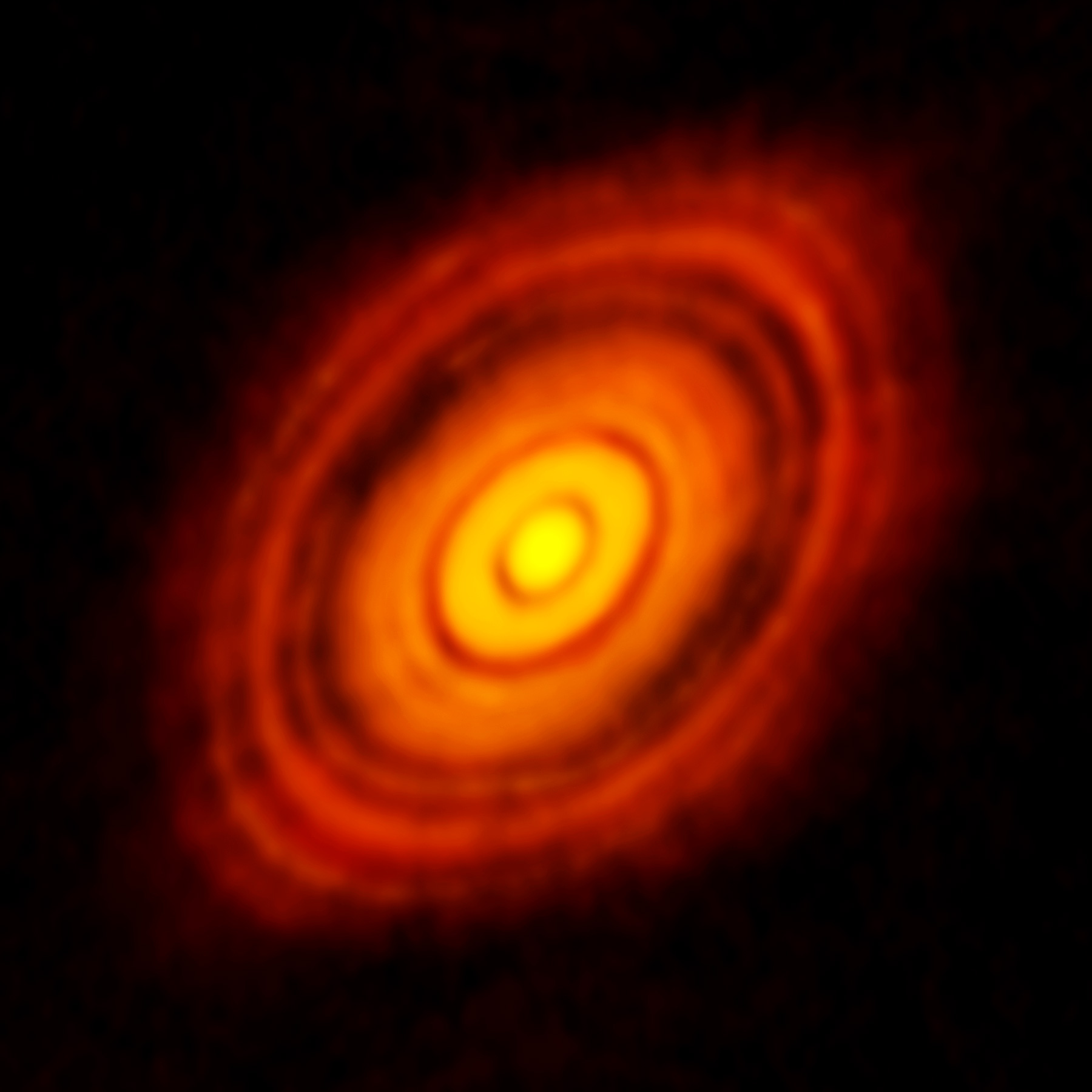
Planet formation is a widespread by-product of the process of star formation itself and occurs within relatively thin and dense protostellar discs made of gas and dust that orbit the newborn star. Such discs can now be probed with unprecedented detail thanks to high resolution telescopes and instruments, such as the Atacama Large Millimeter Array (ALMA) at sub-millimeter wavelengths or the SPHERE instrument at the Very large telescope (VLT) in the near-infrared, which are both capable of probing nearby star formation regions with a spatial resolution of a few astronomical units.
The overall aim of this project is to strengthen the collaboration of groups located in Europe, USA, Chile and Australia – many of them already collaborating actively – in order to (1) develop and use suitable numerical algorithms and techniques to address key unsolved issues related to the interaction of newborn planets with the gas and dust environment in which they are born and (2) to compare such models with the most advanced observations of protostellar discs, obtained with high-resolution telescopes in the IR and sub-mm.
